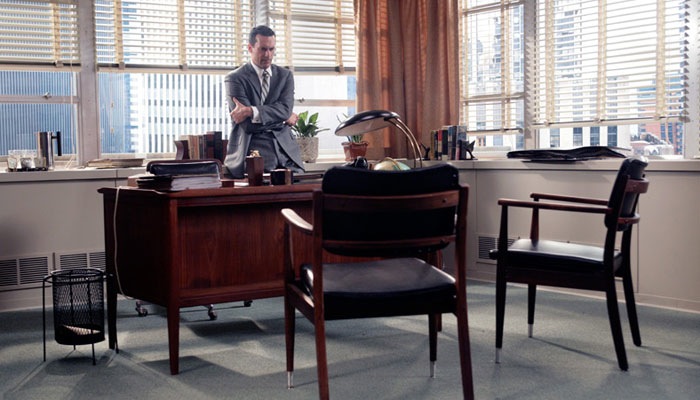Branding is a term I struggle with. My definition is out of step with mainstream usage that I know I’ll be misunderstood, yet I don’t know what else to call it.
Recently Bruce Temkin of Forrester spoke at Adaptive Path’s MX 2009 and he said that “brands are dying”, meaning companies are failing to sufficiently embed their brand into customer experiences. He followed this up by saying this offers an opportunity for companies better integrate their branding to swoop in and grab customers.
While I agree with him, I am still dismayed that he only mentions customer touchpoints. What’s nearly always missing from the brand experience conversation are the importance of non-consumer brand touchpoints — for example, community relationships and internal HR policies — that also play a role in shaping how your company is perceived. One of the few voices I hear echoing this is Marty Neumeier, who calls it Invisible Branding.
To me, true brand alignment means that every single decision you make, even those you think don’t matter, must be consistent with your values, goals, and strategies. To do this, you need to put brand experience and strategy at the core of an organization, driving all decision-making. Wanting to be the person who can accomplish this is the reason I decided to get an MBA.
But what do I call this? Is this brand management, or is it simply business strategy at this point?
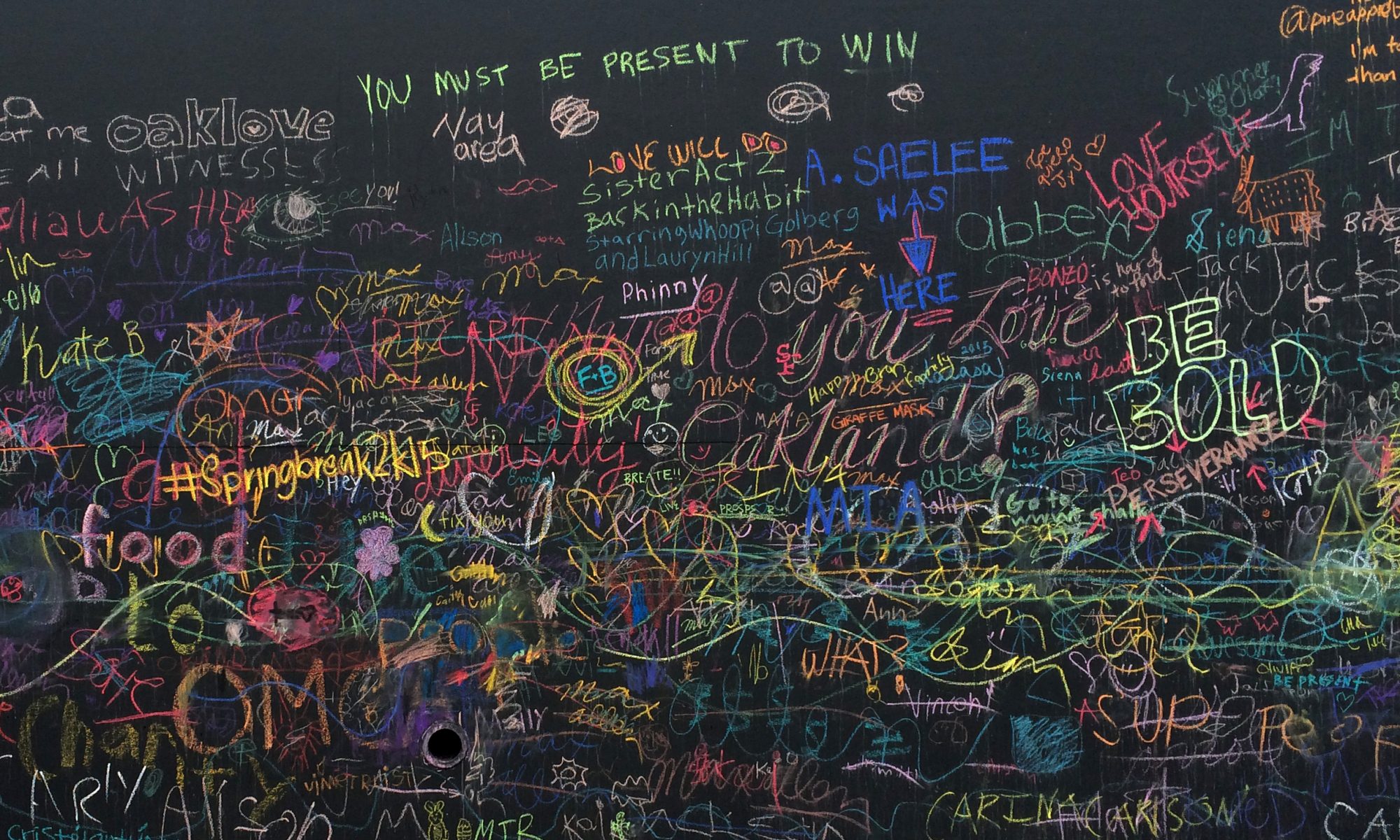

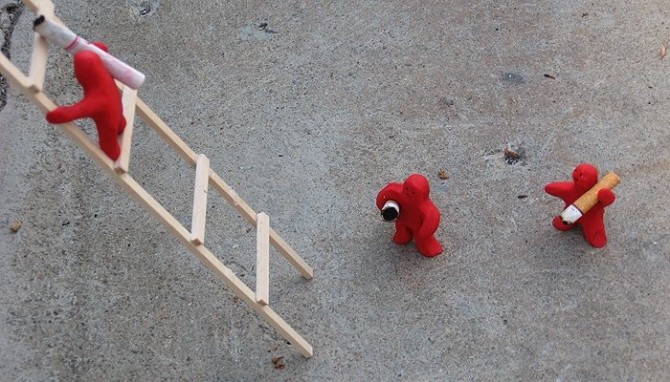 Why is it that people have to be told not to litter?
Why is it that people have to be told not to litter? I’m constantly amazed at how incredible California produce is and I am glad to see small-scale farming and artisan food is making a comeback.
I’m constantly amazed at how incredible California produce is and I am glad to see small-scale farming and artisan food is making a comeback.
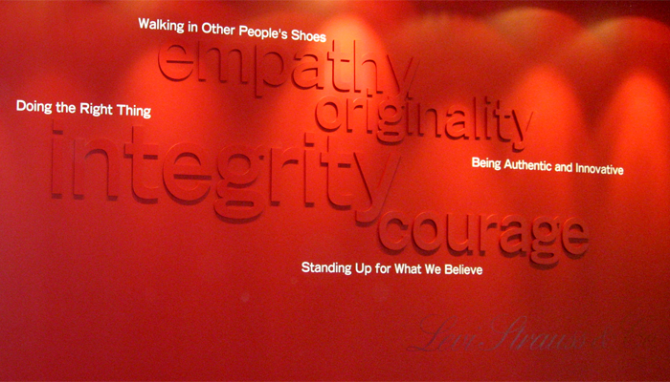 I believe in supporting companies that make a commitment to doing good, both as a designer and a customer. Whether or not they always succeed, understanding that business should also be socially and environmentally responsible is a big step towards where we need to be. Although the real trick is you have to mean it.
I believe in supporting companies that make a commitment to doing good, both as a designer and a customer. Whether or not they always succeed, understanding that business should also be socially and environmentally responsible is a big step towards where we need to be. Although the real trick is you have to mean it.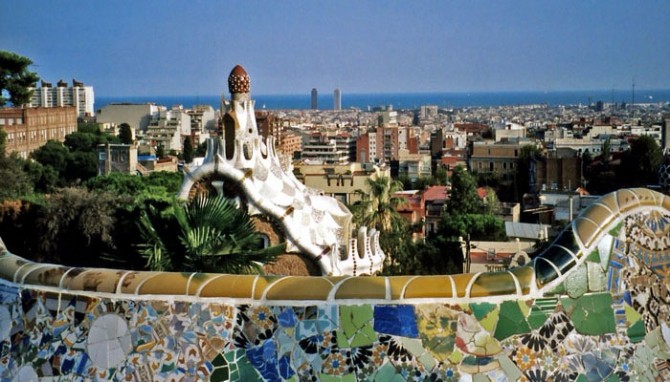 After 5 long years, I’m finally getting around to organizing my Europe photos. I’m starting with Barcelona, a city that stole my heart.
After 5 long years, I’m finally getting around to organizing my Europe photos. I’m starting with Barcelona, a city that stole my heart.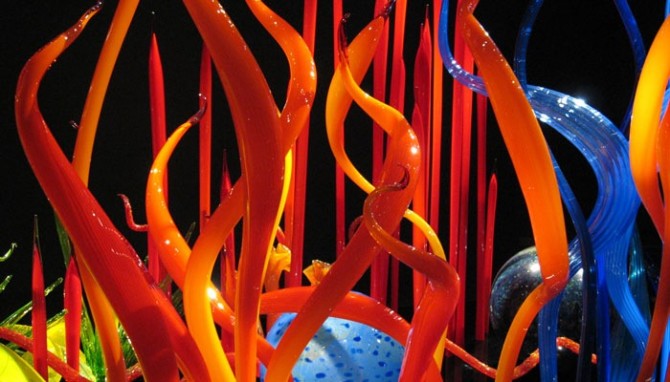 Last weekend there was a highly critical
Last weekend there was a highly critical 